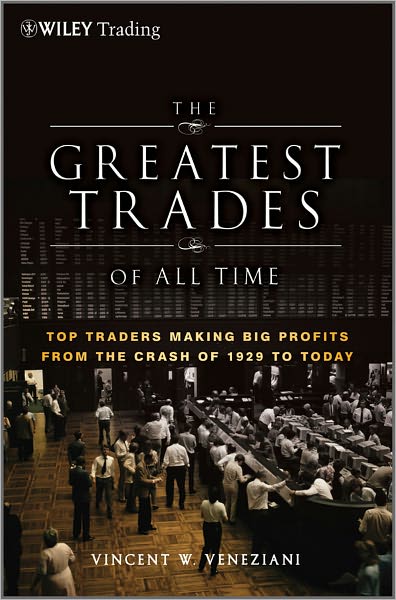Bubbles are Easy to Spot, well almost…
Bubbles are easy to spot.? Wait, don’t most people say that bubbles are impossible to spot?
I’ll say that again: bubbles are easy to spot.? Why?? People have the wrong theory on bubbles.? They listen to those that don’t understand the efficient markets hypothesis, and think, “Prices are always fair predictors of the future.? I don’t have to think about the future as a result.” (It would be better to say that current prices are the short-term neutral line against which bets are placed.)
Don’t listen to academics on bubbles.? There have been booms and busts as far back as we can see.? If markets tend toward equilibrium, that is very well hidden — please require economists to take courses in history.? I mean this; I am not joking.? Neoclassical economics is not? a science; it is a religion, and with much less historical evidence to support it than Christianity has to support the historicity of the resurrection.
Why do I write on this? Partly because of Jason Zweig’s piece in the WSJ.? I ordinarily like what Jason writes; this is a rare exception.
Spotting bubbles gets easier when you don’t simply look at rising prices.? It is better to look at what is driving the rising prices.? How are players financing the purchase of assets is more important to view than even price trends.
It is hard to get a bubble without having an increase in debt-finance.? Financing with debt is cheaper, and riskier than financing with equity.? Financing long-term assets with short-term debt is even cheaper and riskier than financing with debt that matches the term of the asset.? Most bubbles end with some sort of financing time-mismatch, where the inability to renew short-term indebtedness in order to hold the asset leads to a panic, which leads some to say, “This is a liquidity crisis, not a solvency crisis.”? When you hear that leaden phrase, ordinarily, it is a solvency crisis, with long-dated assets of uncertain worth, and near-term liabilities requiring cash.
This is why the simplest way of looking for bubbles is to look for where debt is increasing most rapidily, and where the terms and conditions of lending have deteriorated.
But where do we have these issues today?? Let me offer a few areas:
- We have a chain of financing arrangements in the Eurozone where many banks might have a hard time surviving the failure of Greece, Italy, Portugal, and perhaps some other nations as well.? Failure of those banks might lead to bailouts by national governments and/or a significant recession.? Anytime financial firms as a group would have a hard time with the failure of a company, industry, government, etc., that is a sign of a lending bubble.
- There is a major imbalance in the world.? China trades goods to the US in exchange for promises to pay later.? Creditor-debtor relationships are meant to be temporary, not permanent as far as governments are concerned.? There may never be a panic here, but so long as the US retains control of its own currency, it is safe to say that they will never get paid back in equivalent purchasing power terms as when they exported the goods.
- China itself, though opaque, has a great deal of lending going on internally through its banks, pseudo-banks, and municipalities, a decent amount of which seems to be for dubious purpose at the behest of party members.? The government of China has always been able in the past to socialize those credit losses.? The question is whether covering those losses could be so large that the government follows an inflationary policy to eliminate the debts amid public discomfort.
- AAA and near-AAA government debt has been the most rapidly growing class of debt of late.? Maybe AAA governments that are unwilling to cut spending or raise taxes are a bubble all their own.? Remember, when you are AAA, the rating agencies let you make tons of financial promises — think of MBIA, Ambac, FGIC, AIG, etc.? Only when its is dreadfully obvious do the rating agencies cut a AAA rating, but once they do, it is often followed by many more cuts as the leverage collapses.
Now, my view here is both qualitative and quantitative.? To find bubbles there are indicators to watch, such as:
- Low credit spreads and equity volatility
- Low TED spreads
- High explicit/implicit leverage at the banks
- High levels of short term lending/borrowing (asset/liability term mismatches)
- Credit complexity and interconnectedness
- Poor Credit Underwriting
- Carry trades are common (many seek free money through seemingly riskless abritrages)
- Accommodative monetary/credit policy
All manner of things showing that caution has been thrown to the winds and lending is done on an expedited/casual basis is a sign that a bubble may be present.? Kick the tires, look around, analyze the psychology to see if you can find a self-reinforcing cycle of debt? that is forcing the prices of a group of assets above where they would normally be priced without such favorable terms.
Not that this analysis is perfect, but it follows the broad outlines of Kindleberger and Chancellor.? Speculative manias are normal to capitalism; don’t be surprised that they show up.? Rather, be of sane mind, and learn to avoid participating in manias, long before they become panics or crashes.


